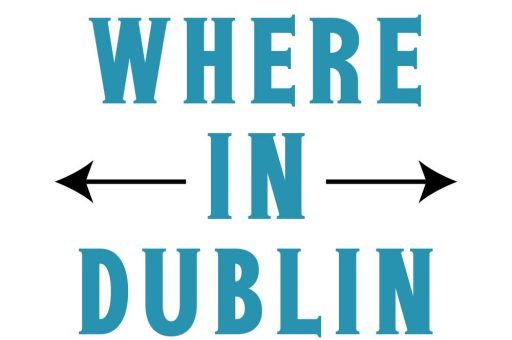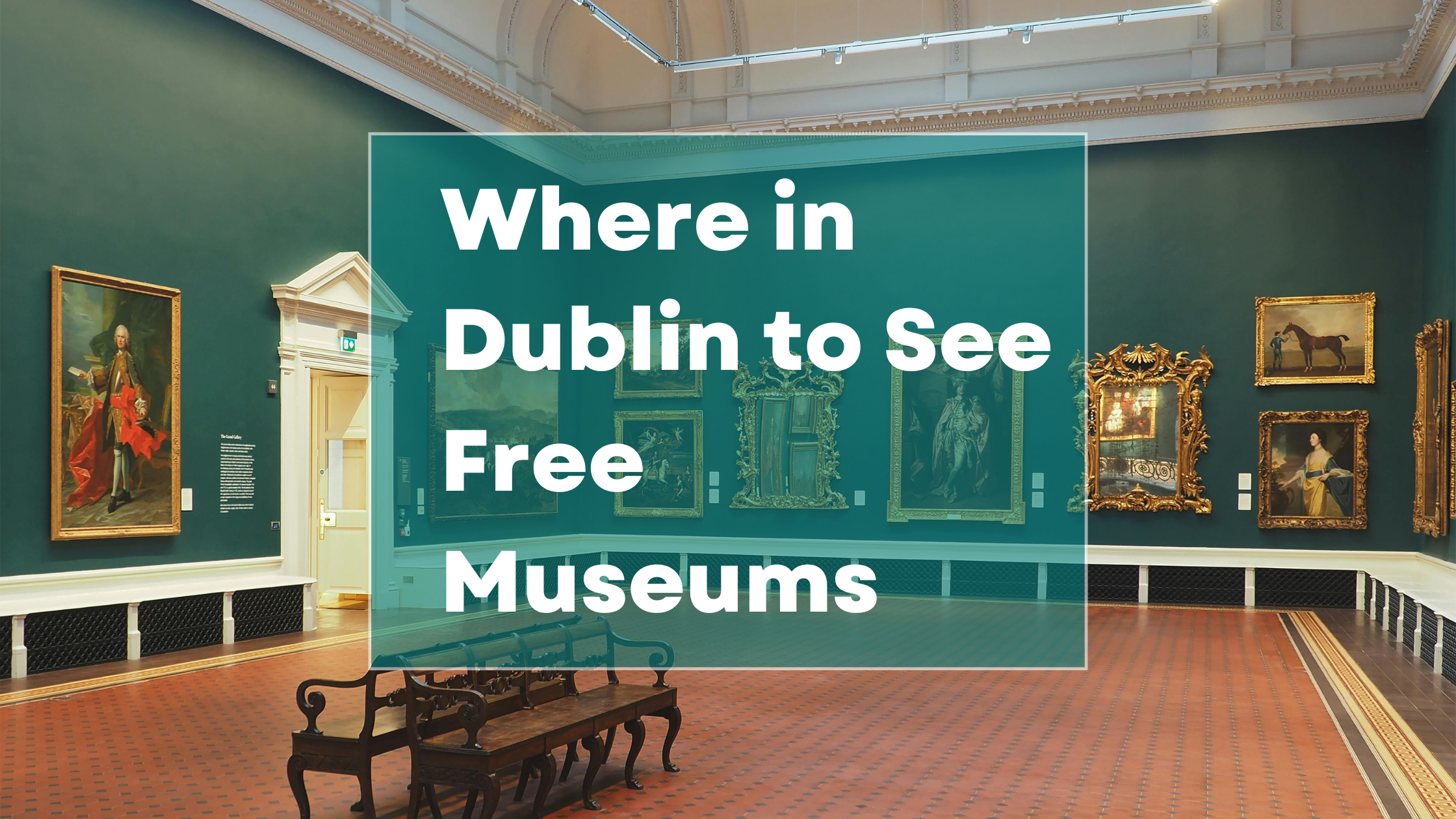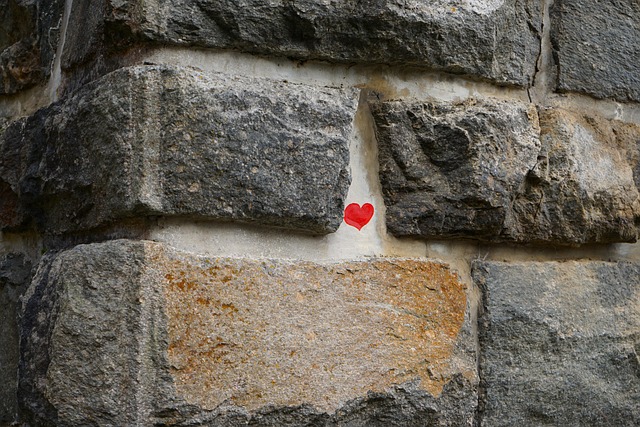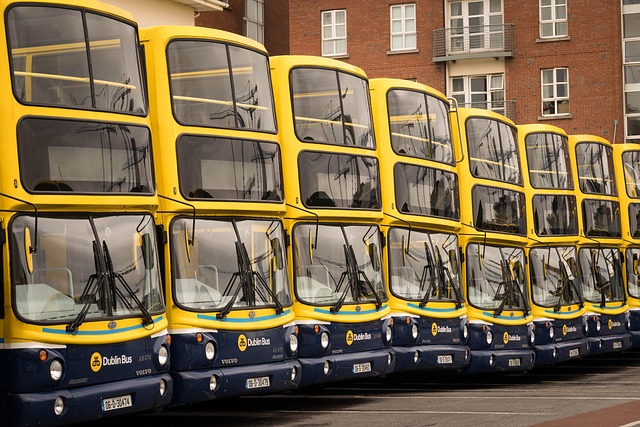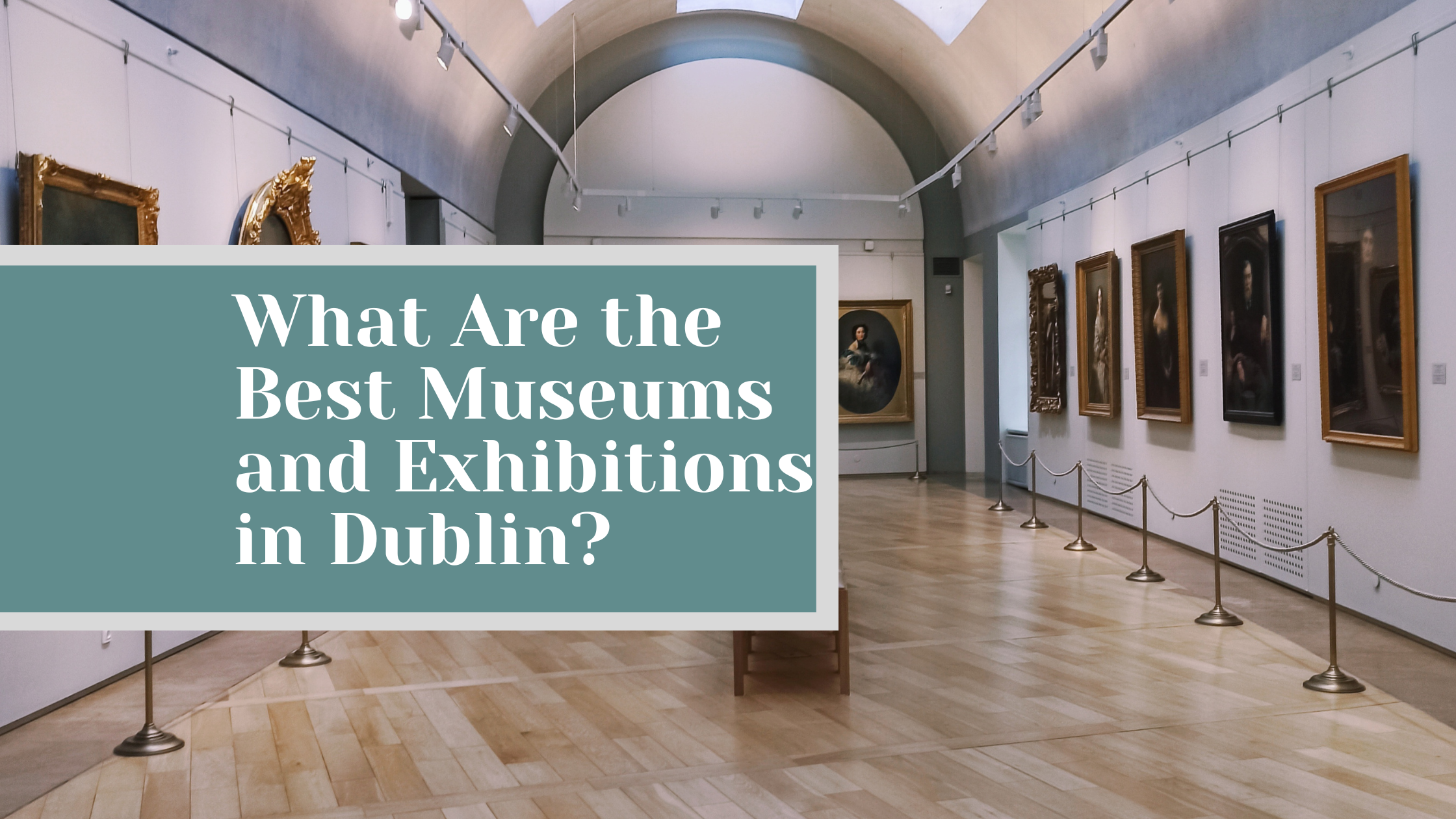
Dublin is full of stories, and some of its best ones live inside its museums and exhibitions. Whether you’re into art, history, science, or quirky curiosities, Dublin has something that will pull you in. From my own personal experience, exploring these places is like opening a book you can walk through, every room, display, and corner tells a new part of the city’s story.
This post dives deep into Dublin’s best museums and exhibitions, covering the famous ones everyone talks about, and the hidden ones that quietly impress every curious visitor. Let’s get started.
The National Museum of Ireland, Archaeology
The National Museum of Ireland – Archaeology on Kildare Street is one of those must-see places that truly define Dublin’s historical soul. It’s more than just ancient gold and Viking relics, it’s an entire timeline of Ireland’s early life.
You’ll walk through rooms filled with treasures from prehistoric Ireland, including the famous “Ardagh Chalice” and the “Tara Brooch.” These artifacts tell the story of Ireland long before written records existed. The Viking section is fascinating, with weapons, jewelry, and ship fragments that reveal how these seafaring warriors shaped Dublin.
What makes this museum even more impressive is how immersive it feels. You don’t just look at history, you feel it. The dim lighting, the ancient texts, and the preserved bog bodies like “Clonycavan Man” and “Old Croghan Man” are hauntingly real reminders of Ireland’s ancient rituals and life.
It’s free to enter, and you can easily spend an entire afternoon there.
The National Gallery of Ireland
The National Gallery of Ireland is a peaceful escape in the center of the city. Located on Merrion Square, this gallery is home to an incredible collection of European and Irish art.
Inside, you’ll find works by Caravaggio, Vermeer, and Monet, artists whose paintings have defined entire periods of creativity. But the real pride here lies in the Irish art collection. Jack B. Yeats, brother of poet W.B. Yeats, stands out with his emotional, colorful paintings that capture Irish life like no one else.
The layout is clean and welcoming. You can move from one room to another without feeling overwhelmed. There’s something calming about the quiet atmosphere here, it gives you space to think and appreciate.
This gallery works best when you take your time. Don’t rush through it. Spend a few minutes in front of each piece, let it speak to you, and then move on. You’ll leave with a refreshed mind and maybe even a deeper love for art.
EPIC The Irish Emigration Museum
EPIC is one of Dublin’s most modern and interactive museums. Located in the CHQ Building at the Docklands, it’s all about Ireland’s people, the millions who left the island and built lives all over the world.
This isn’t your traditional museum filled with dusty displays. Everything here is digital, colorful, and emotional. You’ll walk through rooms filled with touchscreens, interactive maps, and short films that show how Irish emigrants influenced everything from politics to music and sport.
There’s a personal touch to every story, whether it’s about Irish immigrants in America or Irish nurses and teachers who worked across the globe. The message is powerful: you can leave home, but you never lose where you come from.
EPIC has won several awards for its design and experience, and it’s easy to see why. It’s engaging, moving, and completely unique.
The Little Museum of Dublin
If you want to get to know Dublin as a city, its humor, its quirks, and its people, the Little Museum of Dublin is perfect. It’s small, yes, but it’s packed with personality.
Located in a Georgian townhouse on St. Stephen’s Green, this museum tells the story of Dublin in the 20th century. You’ll find everything from U2 memorabilia to vintage Irish newspapers and political posters. The exhibits are built around stories rather than objects, and that’s what makes it fun.
Guided tours here are entertaining. The guides tell stories with humor and passion, making the experience feel more like a friendly conversation than a history lesson.
From my own personal experience, this museum gives you the kind of insight you can’t get from big institutions. It’s intimate, warm, and surprisingly emotional. You’ll walk out with a smile and a deeper love for the city.
Dublinia, Viking and Medieval Dublin
Dublinia brings history to life in the most hands-on way possible. Situated near Christ Church Cathedral, this museum takes you back to the Viking and medieval periods of Dublin.
You can explore reconstructed Viking houses, try on clothes from the era, and learn how people lived, traded, and fought. The medieval section walks you through what life was like in Dublin during the Middle Ages, with models, smells, and sounds that make it feel real.
It’s a big hit with families, but even as an adult, you’ll enjoy it. You get to climb the tower for an amazing view of the city and see the connection between Dublin’s past and present.
The Irish Museum of Modern Art (IMMA)
The Irish Museum of Modern Art, often called IMMA, sits in the historic Royal Hospital Kilmainham. It’s a mix of the old and the new, modern art displayed inside a 17th-century building surrounded by peaceful gardens.
The exhibitions here change often, featuring Irish and international artists who push creative boundaries. You’ll find installations, video art, sculptures, and photography that challenge how you see the world.
What’s great about IMMA is how open and accessible it feels. You don’t have to be an art expert to enjoy it. There’s something freeing about walking through its halls, not knowing exactly what to expect next.
The gardens outside are also a bonus. After exploring the galleries, you can relax in the courtyard or sit under the trees, it’s a great balance of art and quiet.
Kilmainham Gaol Museum
Kilmainham Gaol is not your typical museum, it’s a place that makes you feel history. Once a prison, it’s now one of Dublin’s most powerful historical sites.
This is where many of Ireland’s political prisoners were held, including leaders of the 1916 Easter Rising. Walking through the cold, echoing corridors gives you a real sense of what they went through.
Guided tours are emotional and informative. You’ll hear stories about courage, loss, and the fight for independence. It’s not a light experience, but it’s deeply moving.
This is one of those places that stays with you long after you leave. It’s a reminder of how much Ireland has endured and how much freedom has cost.
Science Gallery Dublin
The Science Gallery is where art meets science in creative and unexpected ways. Located near Trinity College, this gallery is known for its thought-provoking exhibitions that explore technology, biology, and design.
What makes it different is how interactive it is. You’re encouraged to touch, play, and question. Each exhibit feels more like an experiment than a display. Topics change regularly, from the science of love to climate change, artificial intelligence, and even food science.
It’s a favorite among younger audiences and students, but anyone with curiosity will enjoy it.
The gallery also hosts live talks, workshops, and events that make science feel exciting and alive.
The Chester Beatty Library
Don’t let the name fool you, it’s much more than a library. The Chester Beatty is a treasure of art, history, and culture. Located inside Dublin Castle, this museum showcases rare manuscripts, books, and art from around the world.
You’ll find ancient Egyptian papyrus texts, Islamic manuscripts, Chinese scrolls, and beautifully illustrated European books. Each room feels like stepping into a different culture.
The collection was originally the private library of Sir Alfred Chester Beatty, a wealthy collector who donated it to the city. It’s now one of Dublin’s most peaceful and fascinating spots.
This place feels like a quiet world trip. It’s calm, intellectual, and deeply inspiring.
The Hugh Lane Gallery
The Hugh Lane Gallery on Parnell Square is another gem for art lovers. It focuses on modern and contemporary art, with an emphasis on Irish artists.
One of the most famous pieces here is Francis Bacon’s studio, which was moved from London to Dublin piece by piece and reconstructed exactly as it was. It’s messy, chaotic, and fascinating, a real look into the mind of a creative genius.
There’s also a rich collection of Impressionist works and rotating exhibitions that showcase new artists and ideas.
The atmosphere here is cozy and personal. You never feel rushed or crowded, which makes it a nice place to unwind while taking in some incredible art.
The GPO Museum, Witness History
The General Post Office (GPO) on O’Connell Street isn’t just a working post office, it’s a key part of Irish history. The GPO Museum tells the story of the 1916 Easter Rising, one of the most important events in Ireland’s journey to independence.
Inside, you can watch short films, explore interactive displays, and even see original letters and weapons from the time. The storytelling here is powerful, it captures both the chaos and the courage of those who fought for freedom.
Standing inside the same building where those historic events took place makes it even more special.
Guinness Storehouse
The Guinness Storehouse might sound like a tourist spot, and it is, but it’s also one of Dublin’s most creative exhibitions.
This seven-story museum walks you through the entire story of Guinness, from the brewing process to the global brand it became. You’ll learn how barley, hops, yeast, and water come together to create Ireland’s most famous drink.
The exhibits are vibrant, interactive, and filled with sensory experiences. The best part is the Gravity Bar on the top floor, where you can enjoy a pint with a 360-degree view of Dublin.
Even if you’re not a beer lover, it’s worth visiting for the storytelling alone.
Jeanie Johnston Tall Ship and Famine Museum
Docked at Custom House Quay, the Jeanie Johnston is a replica of the original ship that carried Irish emigrants to North America during the Great Famine.
When you step aboard, you’re transported back in time. Guided tours tell stories of the families who left Ireland, their hopes, fears, and the harsh realities of their journey.
It’s not just about history, it’s about empathy. You can almost feel the courage it took for them to leave everything behind in search of survival.
The ship itself is beautifully built, and the tour guides make the experience feel alive.
National Leprechaun Museum
Yes, there’s a Leprechaun Museum, and it’s far more interesting than it sounds. This quirky attraction celebrates Irish myths, folklore, and storytelling.
The experience is fun, especially if you enjoy legends and humor. You’ll walk through rooms that make you feel small (literally, as the furniture is oversized), and listen to storytellers who bring old Irish tales to life.
It’s light-hearted, creative, and a good break from the more serious museums.
14 Henrietta Street
14 Henrietta Street tells a very different side of Dublin’s story. This beautifully restored Georgian building was once a home for wealthy families before becoming tenement housing for the poor.
Through guided tours, you’ll see how the building changed over the centuries, each floor telling the story of a different era.
The detail here is stunning. You’ll see recreated rooms, original objects, and hear recorded voices of former residents. It’s an honest, emotional look at how Dublin grew and changed.
This museum leaves a deep impression. It’s real, raw, and full of heart.
Wrapping It Up
Dublin’s museums and exhibitions aren’t just buildings full of objects, they’re alive with stories. Each one tells a part of what makes Ireland so unique.
Whether you’re walking through ancient history at the National Museum, exploring art at the National Gallery, or feeling the emotional pull of Kilmainham Gaol, Dublin gives you countless ways to connect with its past and present.
The beauty of these museums is how different they are. Some make you think. Others make you laugh. A few might even bring tears to your eyes. But all of them remind you that Dublin is more than pubs and music—it’s a city with a deep, proud, and fascinating history.
